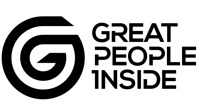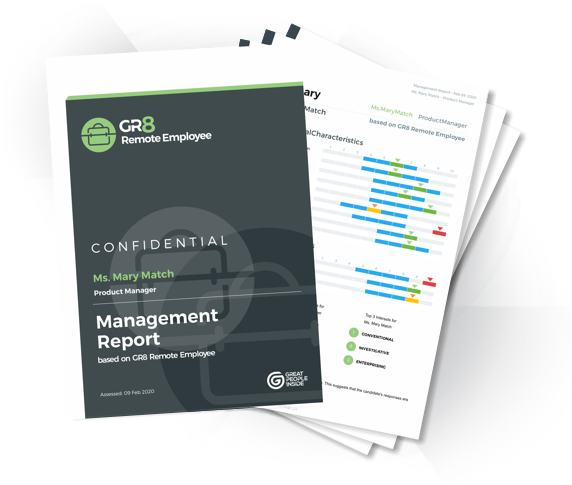How to navigate the new working normal
By David Leahy, Director, Great People Inside Australia
Someone once said that “eighty percent of success is showing up” perhaps we should add “in your pyjamas” and it would fit better with how some employees are experiencing the new reality of working from home.
We all know that this pandemic left employers with no alternative other than to direct their employees to work work-from-home.While some companies may have existing work from home policies the current work from home regime has been forced upon us and comes complete with many headaches, regardless of whether existing work from home policies were in place or not.
During COVID-19 many organisations across the globe experienced significant increases in the number of employees who were required to work remotely. Now, as the world slowly comes to grips with this new working reality, companies are finding that many existing and potential new employees are expressing a desire to continue working remotely into the future.
Twitter was one of the first companies to go to a work from home model. In fact, they have stated publicly that they “don’t anticipate being one of the first to return to offices” but instead “if (their) employees are in a role and situation that enables them to work from home and they wish to continue to do so forever, (they) will make that happen”.
We can all agree that we are in the middle of an age of great technological advancement and we are also facing fundamental changes in the way we live and work. If we zoom out, the spotlight is on how businesses will adapt to a world where it is increasingly difficult to travel overseas and trade relationships between nations are changing. How will we adapt to this disruption to globalisation? Can technology save us in the long term? Businesses like Zoom, Skype and Slack are a few of the many online solutions to our current levels of separation which allow us to communicate as teams, but questions still remain around how this will play out in the long term.
What does it mean for your business?
Much has been written on how remote working will mean a reduction in office real estate and significant cost savings. Many employers are also finding themselves already offering the flexibility of remote work as a benefit to existing and new employees. Millennials who currently represent around 50% of the workforce, and are expected to represent 75% by 2025, place great importance on this type of flexibility when deciding whether they remain with or join a new employer. The fact is that technology and the latest tools make people working remotely effective and means that the need for physical proximity has been greatly reduced. This shift is a test for all businesses robustness, agility and ability to make decisions quickly. “People are our most important asset” is a well-worn cliché, but now more than ever people are front and centre in these key deliberations.
It’s our belief that gradually, organisations will likely transition to a type of hybrid working model, with some employees working from the office and others working from home, or a mixture of the two. This sounds relatively straight forward but as we know us humans are complex beings. Many employees today, conscious of the fragility of their employment in the current environment will go with the flow to ensure job retention. The fact is that not everyone can or is suited to a remote environment.
The real challenge facing employers of all sizes is how will they support their people and keep their team cohesive. Once you are sure that the home environment is safe and appropriate for your potential remote workers, how do you:
- Objectively identify those existing employees, managers and teams that possess the required attributes to productively work long term in a hybrid model?
- Identify and support those who may struggle?
- Recognise potential new hires who can successfully deliver long term in a hybrid environment?
- Help the “command and control” manager move from industrial age work practices?
- Ensure the effectiveness of remote teams in the long term?
Robust information will be key to your success
As an assessment business, Great People Inside are experts at creating tools for the development of existing people and teams as well as recruitment. We provide the objective data you need to make informed decisions for practically every people situation you are dealing with now and in the future.
Given that organisations can no longer rely on things they very recently took for granted, the psychologists at Great People Inside have recently developed a series of new assessments around working remotely. These assessments are, informed by extensive independent research, into the characteristics required for people to work productively from home. With our partners, we also offer individualised online development, provided by subject matter experts, to help you support your people whilst they transition to this new way of working.
Don’t let this shift, shift you. We can help you support your people to adjust.
For more information
Contact: David Leahy
E: [email protected]
Or call on 04-05691845
About David Leahy
David Leahy is the Director of Great People Inside Australia (GPI). GPI Australia provides state-of-the-art and fully customisable assessment and development solutions to help select, match, onboard, manage, develop, engage and retain top talent. Recently launched in Australia, GPI is seeking a limited number of Australian Channel Partners, so this is your opportunity to get in on the ground floor. If you’re interested in being part of our mission, why not enquire and learn about our unique and exciting Channel & Referral Partner program. Contact David at [email protected].

